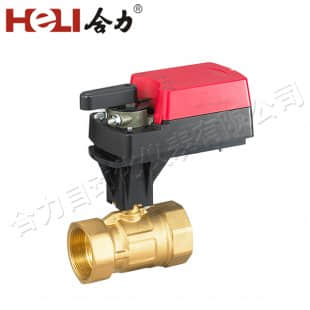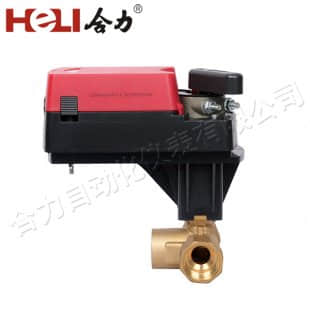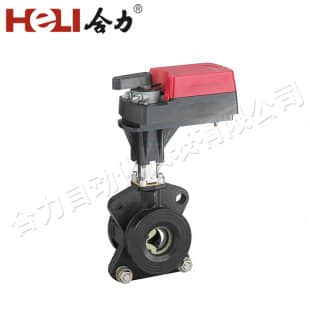understanding damper actuators: key components in hvac systems
Release time:2024-12-08 00:28:07
Damper actuators are integral components in Heating, Ventilation, and Air Conditioning (HVAC) systems, playing a crucial role in regulating airflow and maintaining optimal indoor environmental conditions. These actuators are responsible for controlling dampers, which are mechanical devices used to manage the flow of air, gases, or liquids within ducts and ventilation systems. By responding to signals from thermostats, controllers, or automated systems, damper actuators adjust the position of dampers, ensuring the desired airflow is achieved while optimizing energy efficiency and comfort.

What is a Damper Actuator?

A damper actuator is an electromechanical device designed to open, close, or modulate a damper based on control signals. Typically, these actuators are powered by electric motors, pneumatic systems, or hydraulic mechanisms, depending on the specific application and the type of HVAC system. The actuator is usually connected to a damper blade, and its role is to change the blade's position, which in turn alters the flow of air or gases through the ductwork. Types of Damper Actuators

